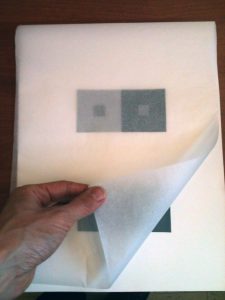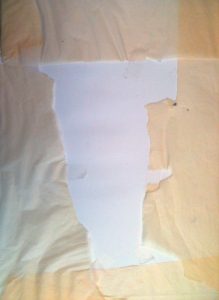September 17, 2018
ALL PARTS OF Project #1* are DUE:
- Bring finished Inked Compositions on 9×12″ Bristol Board (1 stable, 1 ambiguous) to class for critique.
- Your inked compositions should be labeled in pencil, ON THE BACK with your full name and the project number (ie: Your Name – Project #1)
NOTE: Presentation is part of your grade. Points will be deducted if your work is smudged, wrinkled or bent. Protect your work with tracing paper and transport in a portfolio (refer to recent class demo).
- Your inked compositions should be labeled in pencil, ON THE BACK with your full name and the project number (ie: Your Name – Project #1)
- Design Process – Class Blog posts Phases 1-3 for Project #1 are due.
- We will use the class blog to present finished work during the critique.
* You will complete your final post (Phase 4: Deliver) after the critique
- We will use the class blog to present finished work during the critique.
Materials Needed for THIS Class:
- The used book that you are using for your Glossument
- Materials of your choice: paint, brushes, collage materials, glue stick, X-ACTO knife, scissors, inking pens, etc.
- We will spend time working on your Glossument in class after the critique.
Discussion (30 minutes)
In the design fields, why is understanding Figure-Ground (positive-negative space) important for communication?
- Packaging Design
- Graphic Design / Poster Design
- Broadcast Design
- Illustration / Animation
- Advertising Design
- Webby Awards: good place to explore career/academic study options
- What kind of JOBS are out there?
And, lastly, check out these student portfolios!
How to Critique
How to talk about design, using your own words and design vocabulary:
HOW TO GIVE AND RECEIVE A GOOD DESIGN CRITIQUE:
- Let’s read this together: aiga.org/how-to-give-receive-design-critique | PDF
Project #1 Critique (30 minutes)
- Review Project #1 Guidelines: Project #1
- Present and analyze your finished work in terms of concept, craft, your learning experience, and the design process.
- State your name, your understanding of the project goals (ie: what is the point?), which parts are successful and which parts need more work.
- Your peers and the professor will provide feedback. You will have an opportunity to revise your work based on the feedback and improve your grade.
- When critiquing other student’s work, clearly describe what works and what doesn’t work using the project vocabulary:
- Shape (Organic, Geometric)
- Figure-Ground (Obvious, Ambiguous, positive space, negative space)
- Framing
- Economy
- Unity
Glossument Work (90 minutes)
- Cut out windows
- Glazes, paint and gesso
- Work in class to visualize 1 glossary word in your book by the end of class.
Homework
- Complete the final phase (Phase 4: Deliver) for this project
- Create a new blog post called Urban Artifacts: Phase 4.
- In the post, document your thoughts about this project. Think about what you learned, what you could have done better (planning, material use, craft), and how you will apply what you learned to your next project. Consider and respond to the comments made in class during the critique.
- Include links to your three other Design Process posts for this project. (ie: Phase 1: Discover, Phase 2: Define, Phase 3: Develop). Here’s an EXAMPLE!
- Don’t forget to comment on at least 1 other student’s Phase 4 post. Review commenting guidelines first.
- NOTE: You will receive a grade and comments from the Professor on this post. If you do not create this post, you will not receive a grade for the project.
- Materials needed for next class:
- your favorite piece of music
- headphones
- sketchbook (always)
- Pencils (wide range from 4H to 4B)


